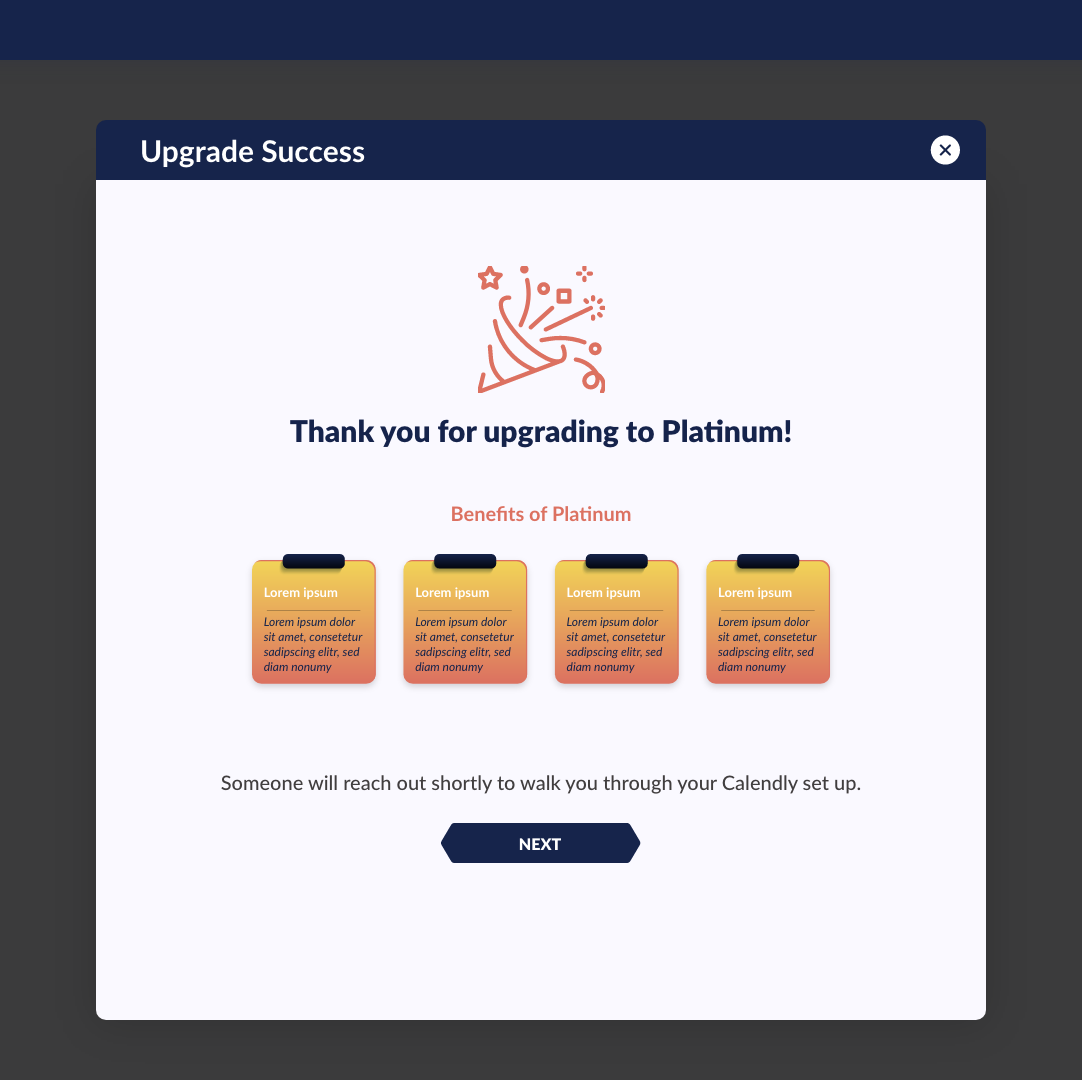Managers and company leaders do not enjoy writing up employees. This can be a difficult task for everyone involved. Normally, written warnings signify that prior disciplinary actions have not provoked the employee to change their actions or behavior. Therefore, employee write-ups often indicate that the next step is termination.
While writing up a worker may feel intimidating, it can be an opportunity to provide the employee with a formal outline for getting back on track. With that in mind, keeping this process as positive as possible is essential.
How to Properly Write Up an Employee
Before writing up an employee, you have likely spent time and effort trying to help and point them in the right direction. When the time comes to initiate the write-up, there are several important items to keep in mind, including:
- Do not conduct the employee write-up when you are angry
- Document the problem(s) or issue(s)
- Use your company’s policies to back you up
- Include proof, such as witness statements
- Set expectations for improvement
- Deliver the write-up to the employee in person
- Keep a copy of the write-up for your records
- Follow up with the employee
 Do Not Conduct the Employee Write-up When You are Angry
Do Not Conduct the Employee Write-up When You are Angry
While this may sound irrelevant, not conducting the employee write-up when you are angry could be the most critical step in the process. One reason is that you need to document everything about the situation objectively, which can be challenging when stressed or emotional.
You likely have already gone through a verbal disciplinary process with the employee. In some cases, you could also have given the employee your feedback. Even so, keeping a cool head regarding written documentation is critical.
A formal employee write-up typically goes into an individual’s employee record, which is something other people can see. So, in the case of a wrongful termination suit, harsh words could come back to haunt you.
Also, remember that a formal employee write-up is a form of progressive discipline meant to help correct an individual’s behavior. Therefore, it should not be a tirade against them. Often, it can help if you wait for a day or two after an incident before you create the write-up.
Document the Problem(s) or Issue(s)
In the business world, documentation is essential in most situations. So, you can help protect yourself by:
- Providing a paper trail in case the employee files a lawsuit against your company
- Supporting all your decisions throughout the process of disciplining and terminating the employee
- Outlining a specific timeline of the individual’s behavior and the disciplinary actions that took place
Your documentation should also include examples of the employee’s behavior (with times and dates) while being objective.
Use Your Company’s Policies to Back You Up
Many companies have policies in place for disciplining employees who are behaving badly or not meeting their expectations. Therefore, ensure you tie these into your reasoning for writing up or terminating the individual.
Remember that companies often use write-ups to explain why the employee’s behavior is not up to standard and how they are expected to improve. For example, if the employee signed policies and procedures or other similar paperwork upon being hired, you should also include a note of this in the write-up.
Include Proof (Such as Relevant Witness Statements)
If other employees or managers have witnessed the individual’s behavior, it can help if they provide statements to help back up your reason(s) for taking disciplinary action. These can help to build a credible case. Note that all of these statements should be factual.
Set Expectations for Improvement
Once you have detailed how the employee’s behavior should improve, you must outline expectations for how the individual can improve. For example, studies have shown that employees would rather receive corrective feedback than praise from their manager or leader.
Deliver the Write-Up to the Employee in Person
Delivering the write-up to the employee in person is better rather than by email or letter. In doing so, you can walk through all the information together. In addition, you can document that the meeting took place and the employee was made aware of the situation. If you are afraid the employee might not take the news well, you could ask for backup from your Human Resources Department or another member of the management team.
Keep a Copy of the Write-Up for Your Records
After the employee has signed the write-up, give them a copy and keep one for your records. The write-up should go into the employee’s file at the company, so you can reference it in the future if you need to. This written proof could also be beneficial if the employee files a lawsuit against the company as it shows you handled the process correctly.
Follow Up with the Employee
The disciplinary process is not over after you write up an employee. You must follow up with the individual to determine whether or not they are making the suggested improvements. If they are not, it may be time to take the next step and terminate the individual.
In some cases, an employee may decide to seek employment elsewhere after they have been written up. While this may not change the individual’s behavior, it does remove them – and their issues – from your business.
Does Your Company Have the Right Process in Place for Employee Discipline?
In nearly every business, there is a chance that an employee will go against company policy, fall short of their production goals, or disrupt productivity in other ways. Therefore, managers need to get the situation under control as soon as possible and minimize its impact.
If your company does not have the proper process in place for employee discipline, you may consider working with a specialist in this area of business.








